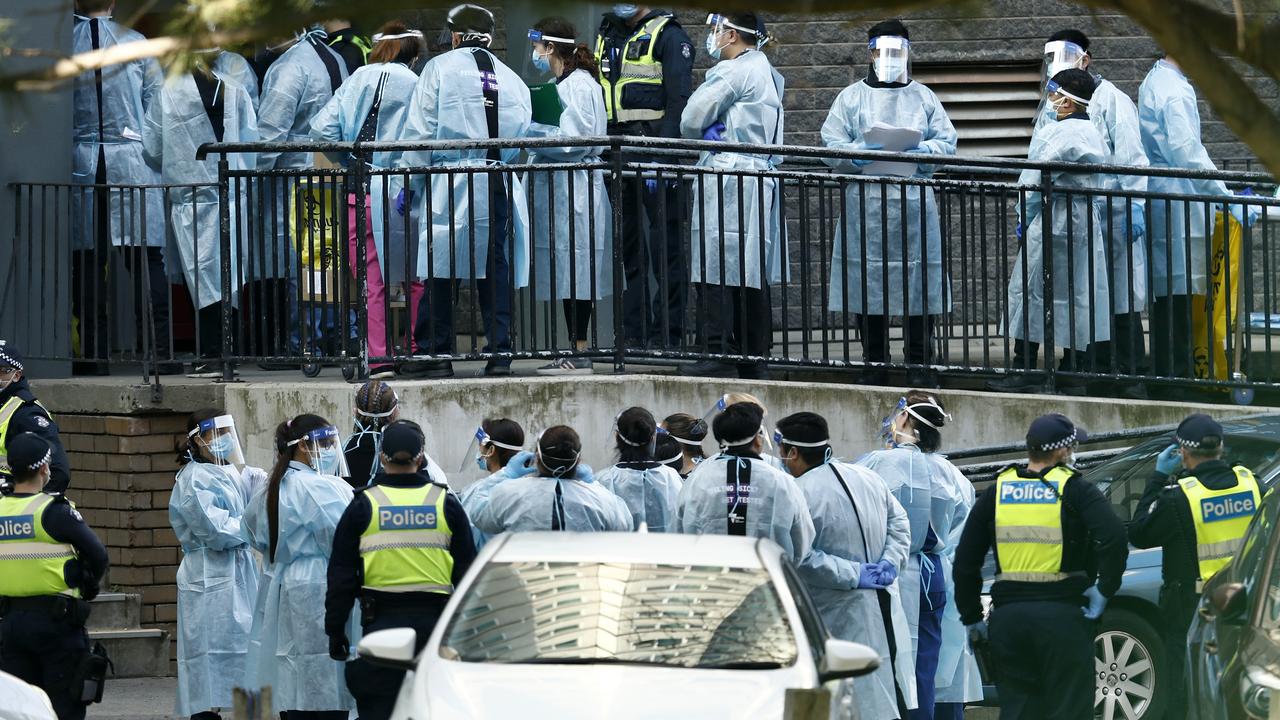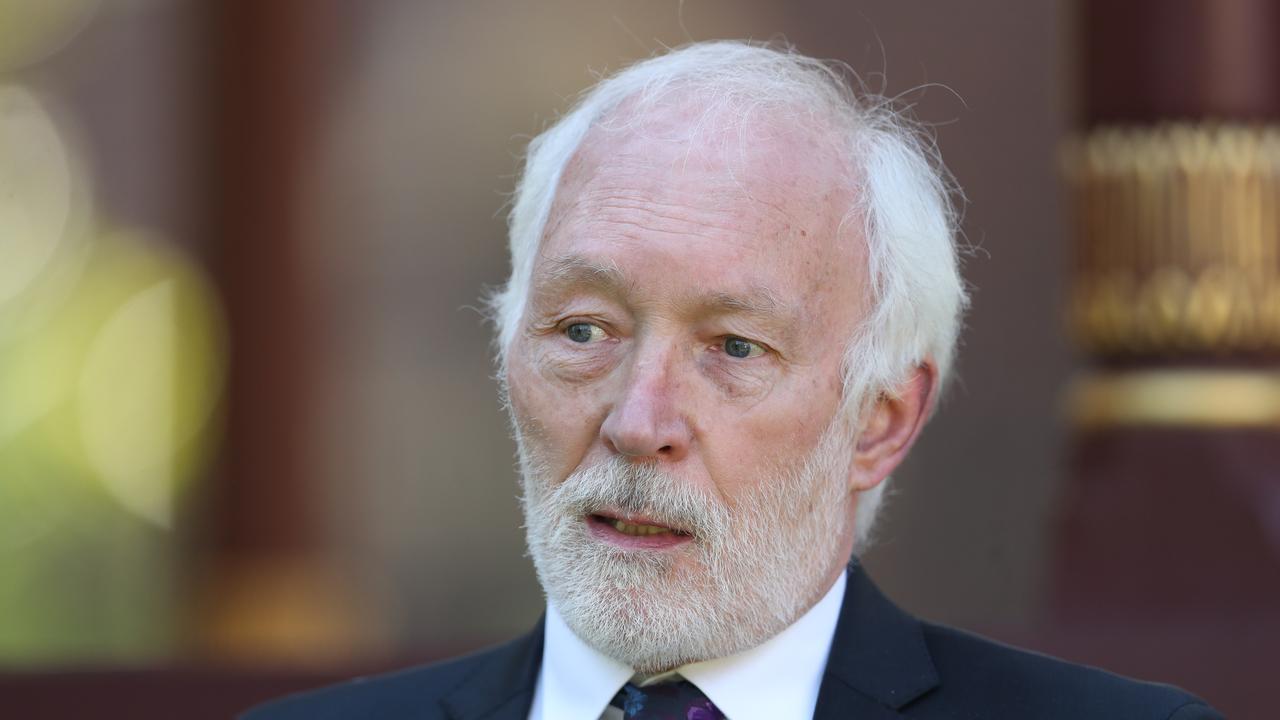Health Department warns of $1bn NDIS mental blowout
The Health Department has warned that the NDIS’s mental health program is on track for a cost blowout of nearly $1bn.

The federal Health Department has warned that the number of people likely to access the National Disability Insurance Scheme for mental health services has been underestimated by about 30,000, putting the program on track for a cost blowout of nearly $1 billion.
Health Department deputy secretary Mark Cormack, in a damning submission to a Productivity Commission inquiry into the NDIS, said the scheme was likely to attract 91,916 people for mental health services compared with the official forecast of 64,000. The over-run threatens to leave the scheme greatly underfunded or at risk of failing to meet demand.
The department’s assessment places it at odds with senior officials in the $22bn NDIS, who as late as yesterday were claiming there was no evidence of incorrect modelling in the prevalence of psychosocial disability.
The Australian revealed unpublished state government data that indicated a blowout in the number of mentally ill but the Health Department is the first government agency, federal or state, to question the modelling publicly. “The number of people with a primary psychosocial disability who meet NDIS eligibility criteria may be higher than the Productivity Commission estimates predict, placing cost pressures on the scheme and the commonwealth,” the Health Department submission says.
“It is estimated that 91,916 people (aged 18 to 64) with severe and complex disorders most closely align with the NDIS Tier 3 population.” Tier 3 is the former name for the top-level support offered by the NDIS and includes the total of 460,000 people with all kinds of disabilities who will receive individual, funded support, accounting for almost all of the annual cost of the scheme.
All governments have or will transfer a combined total of about $1.8bn of their community mental health funding to the NDIS, which has this figure as an approximate mental health budget within the wider scheme.
Under the hastily negotiated scheme agreements, the federal government bears 100 per cent of the risk of a cost blowout on account of inaccurate participant numbers.
The Health Department says about 281,840 people with severe mental disorders, including the almost 92,000 likely to be eligible for the scheme, require some form of psychosocial support. If that figure is realised, the $1.8bn contribution could be about 50 per cent short of the amount required to meet demand. “Without adequate ... supports, some people may experience increasing mental illness and disability, which would increase pressure on the health, mental health and social support systems,” the department says.
“It is unclear at this time how much funding from existing programs will contribute to the state/territory NDIS commitment and how much of a service gap may be created by the transition of this funding into the NDIS.”
In its submission, the Department of Social Services warned state governments not to shift responsibilities into the NDIS, noting these governments funded $1.9bn of community mental health supports in 2014-15, or 83 per cent of all services. “The states need to demonstrate they are delivering their undertakings to provide continuity of supports to clients not eligible for the NDIS, to ensure all services meet the needs of all people with disability,” the DSS says.
At the centre of this debate is the way the states bear no risk as to scheme cost overruns but have equal say in the governance of the project.
While commonwealth funding grows significantly after full scheme rollout in 2019-20, the states are locked into a simple annual increase of 3.5 per cent and must all agree to any proposed changes after the Productivity Commission review is handed down this year.



To join the conversation, please log in. Don't have an account? Register
Join the conversation, you are commenting as Logout